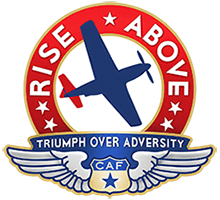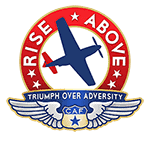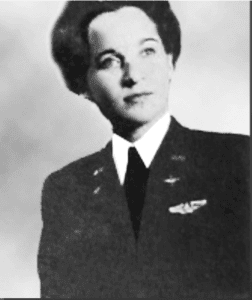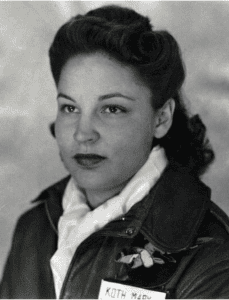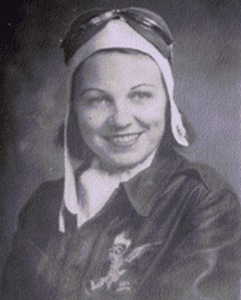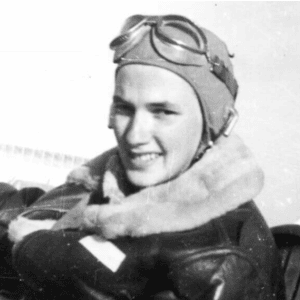In July 1941, career Army officer Major Noel F. Parrish took his place as the first director of training for the new black fighter group being set up at Tuskegee Army Air Field in Tuskegee, Alabama. By the end of 1942, Parrish was commanding the entire base – the third white man to be ordered to run what’s been called “an army within an army” of black men who were anxious to fly and fight for their country during the Second World War.
Parrish was not fazed by this entry into unknown territory, managing this “Tuskegee Experiment” that the brass in Washington were sure would fail. He was not afraid of a challenge. He started his army career in the Cavalry and became a competent horseman and soldier. After about a year, he traded the saddle for an Army Air Corps cockpit, learning to fly in old mono- and bi-planes left over from the Great War. He ultimately became an Air Corps flight instructor and built a reputation as someone who worked his students hard.
His strict adherence to the training manual was based on his desire to help the cadets develop the skills necessary to handle anything the flight situation and/or aircraft could throw at them. If a student didn’t make the grade, Parrish had no qualms about removing him from the flight program in order to keep him and others out of harms way.
Because Tuskegee is located in the deep south, Parrish was aware that not only was he going to have to work with his people on the base, he also needed to work with the locals who were concerned about having hundreds of young black men concentrated in their midst. Recall that this was the time when restrooms and drinking fountains were labeled “Blacks” and “Whites,” schools and movie theaters were segregated, and gang violence against blacks by whites was not out of the norm. The thought of having black MPs carrying guns was not going to be easily accepted by whites in the area.
Parrish’s immediate predecessor had “gone with it” when it came to appeasing the locals. He had maintained the segregationist principles of the area on the base with little thought as to how that policy would affect the men who had to live and train there. Parrish set up an integrated base facility, which greatly improved morale.
Tuskegee’s first training class – taught by Parrish – had 12 students. Seven washed out and five graduated. By the end of the war, 966 young black men had earned their wings and more than 450 of them would see combat (a number of Tuskegee pilots were trained to fly bombers in the Pacific theater but the war ended before they could be utilitized). Parrish remained as base commander for the duration of the war and ultimately attained the rank of general. He passed away in 1987.
The CAF Red Tail Project is a volunteer-driven 501c3 non-profit organization that operates under the auspices of the Minnesota Wing of the Commemorative Air Force. For more information, please visit redtail.org.
